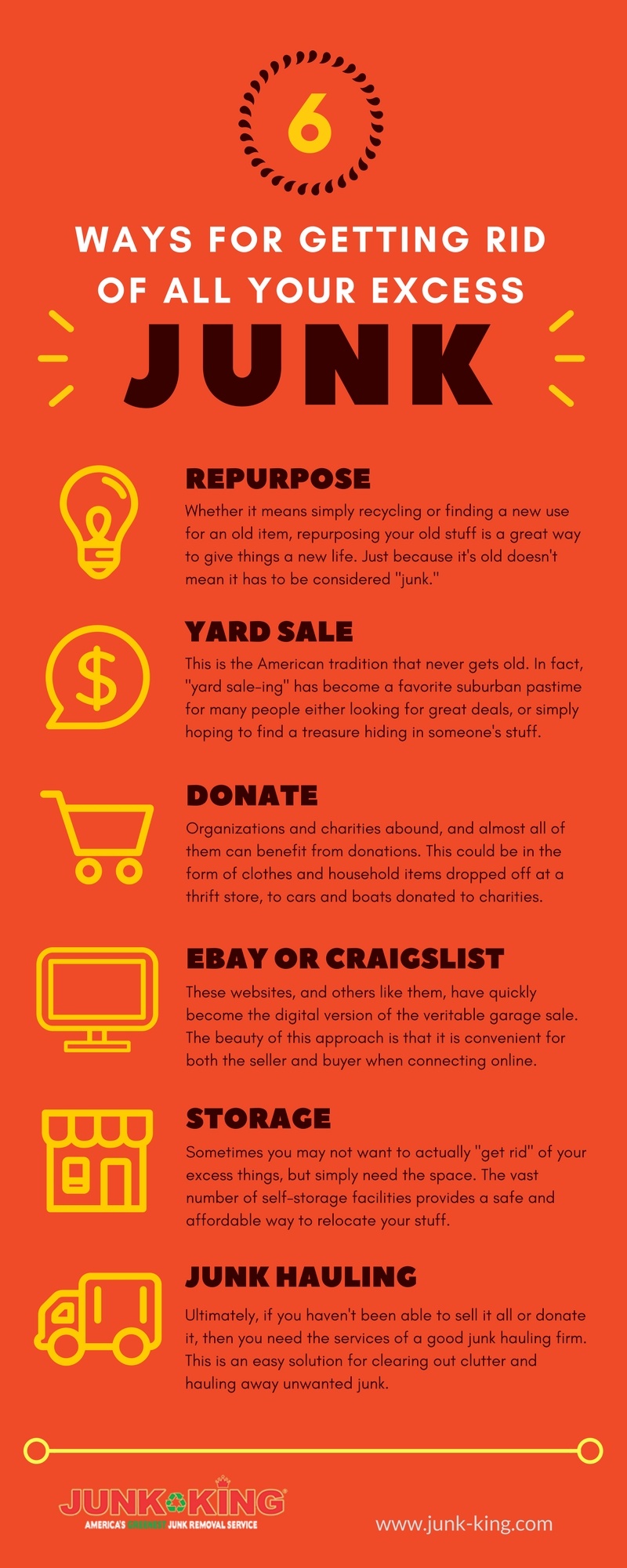Unlock The Trick To Choosing The Best Dumpster Dimension For Your Project, Improving Efficiency And Minimizing Expenses With The Understandings Provided In This Comprehensive Guide
Unlock The Trick To Choosing The Best Dumpster Dimension For Your Project, Improving Efficiency And Minimizing Expenses With The Understandings Provided In This Comprehensive Guide
Blog Article
Material Writer-Finnegan Koch
When embarking on a job that needs a dumpster, the size you choose can significantly influence its efficiency and cost-effectiveness. Think of having the excellent container that fits all your waste without being exceedingly huge or also small. Everything starts with understanding the subtleties of your task and selecting a dumpster size that straightens with your certain requirements. So, before you decide, think about the variables at play to guarantee a smooth waste management procedure from beginning to end.
Elements to Think about
When picking the best dumpster size, there are several key elements to take into consideration.
Initially, think about the kind of waste you'll be taking care of. Various products might call for varying quantities of space, so understanding what you'll be placing in the dumpster is essential.
Next, evaluate the amount of waste you anticipate to produce. If you ignore the volume, you might need to make several trips to dispose of whatever, which can be bothersome and costly. On the other hand, renting out a dumpster that's as well huge can bring about unnecessary expenditures.
Furthermore, think about the room where the dumpster will certainly be put. Guarantee there's enough room for the dumpster to be provided and gotten without any blockages.
Lastly, think about any kind of weight restrictions that may use. Going beyond garbage bin rentals can result in added charges or perhaps the rejection of service.
Dumpster Size Options
For selecting the right dumpster dimension, it's important to have a good understanding of the offered options. Dumpster sizes generally range from 10 to 40 cubic backyards, with variations in between.
A 10-yard dumpster is suitable for little jobs like a garage cleanout or a tiny remodelling. If you're tackling a medium-sized job such as a kitchen area remodel or a basement cleanout, a 20-yard dumpster might be the right selection.
For larger tasks like a whole-house renovation or commercial construction, a 30 or 40-yard dumpster could be better to suit the volume of waste generated.
When picking a dumpster dimension, take into consideration the quantity and type of particles you anticipate to throw away. It's far better to select a somewhat larger size if you're not sure to stop overfilling. Bear in mind, it's even more economical to lease a dumpster that fits your requirements as opposed to having to order an added one.
Matching Size to Project
Efficiently matching the dumpster size to your job is crucial for efficient waste monitoring. To determine the appropriate size, consider the scope and nature of your project.
For small house cleanouts or restorations, a 10-yard dumpster may be enough. These are typically 12 feet long and can hold around 4 pickup lots of waste.
For bigger projects like remodeling several spaces or removing a huge estate, a 20-yard dumpster could be preferable. These are around 22 feet long and can hold roughly 8 pickup truck tons.
If you're taking on a major building and construction job or industrial remodelling, a 30-yard dumpster could be the best fit. These dumpsters are about 22 feet long and can accommodate about 12 pickup truck tons of particles.
Matching the dumpster size to your job guarantees you have sufficient room for all waste products without overpaying for extra capability.
visit here , selecting the ideal dumpster size for your job is critical for effective garbage disposal. By thinking about elements like the kind and quantity of waste, room accessibility, weight constraints, and budget plan constraints, you can ensure you have the ideal dimension dumpster for your needs. Make certain to match the dimension of the dumpster to the scope and nature of your project to stay clear of overspending on unnecessary expenditures.
